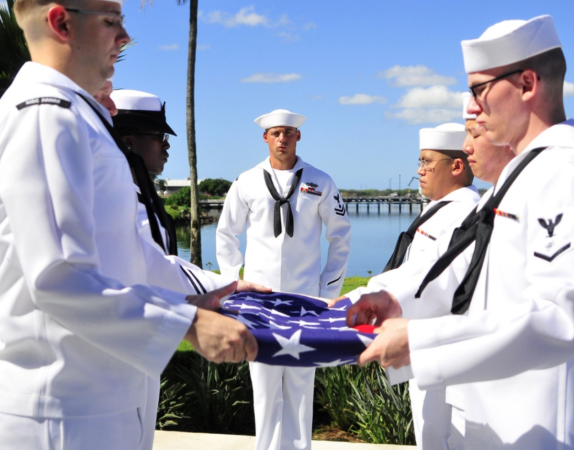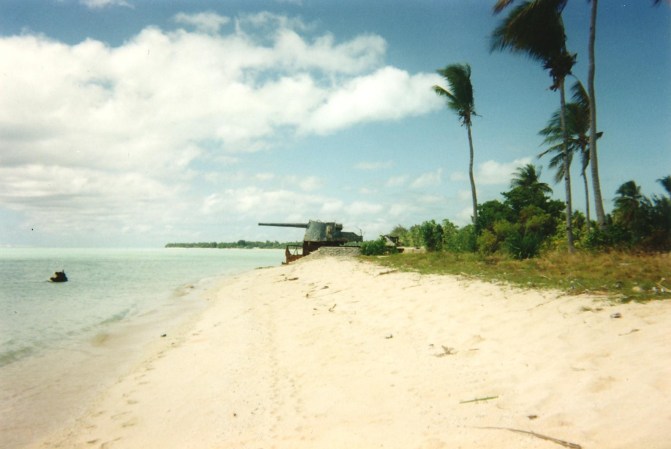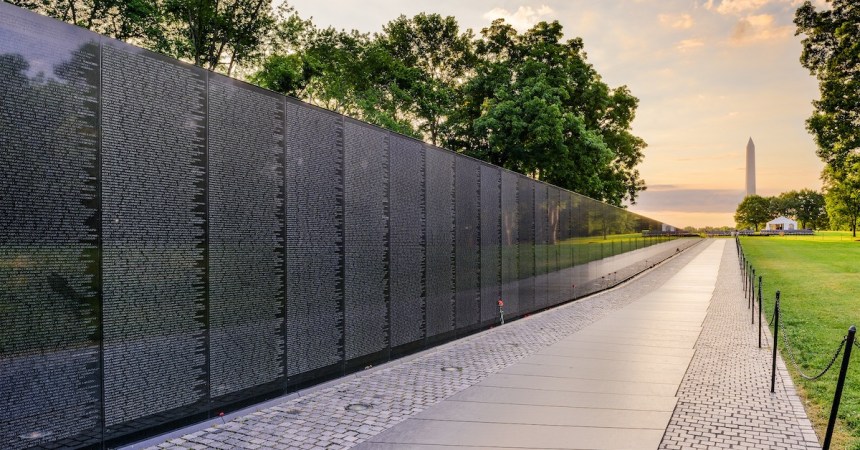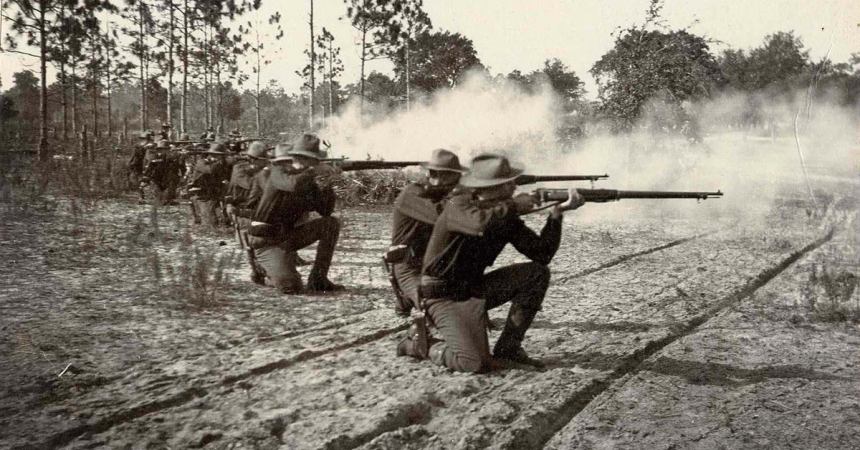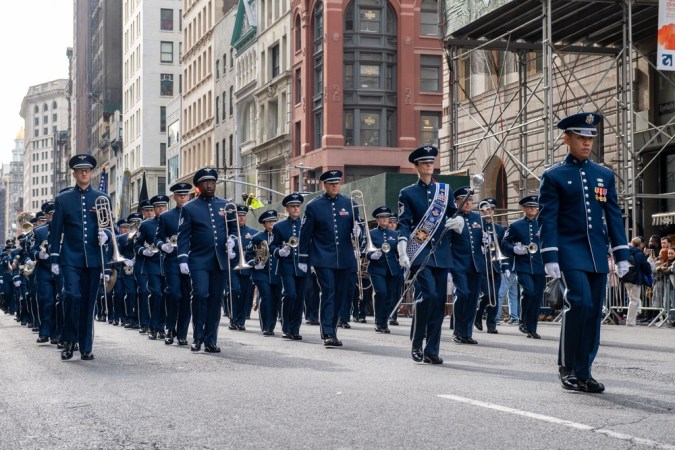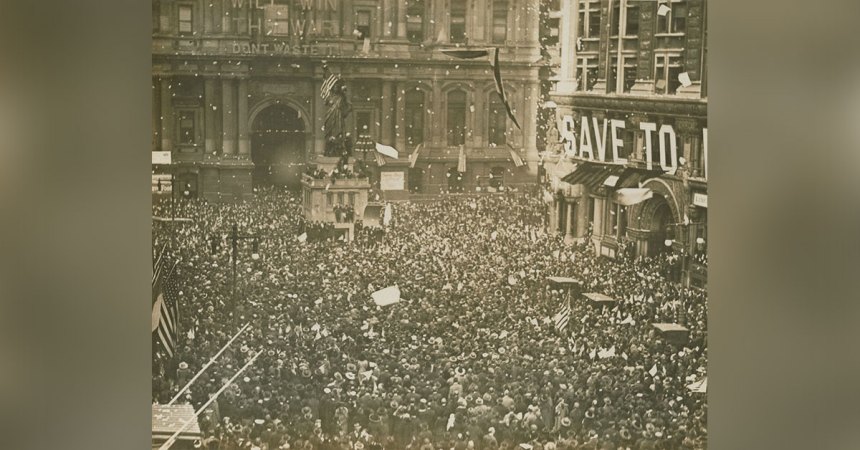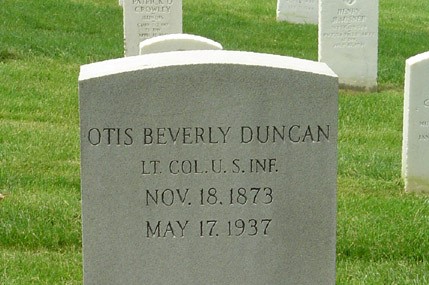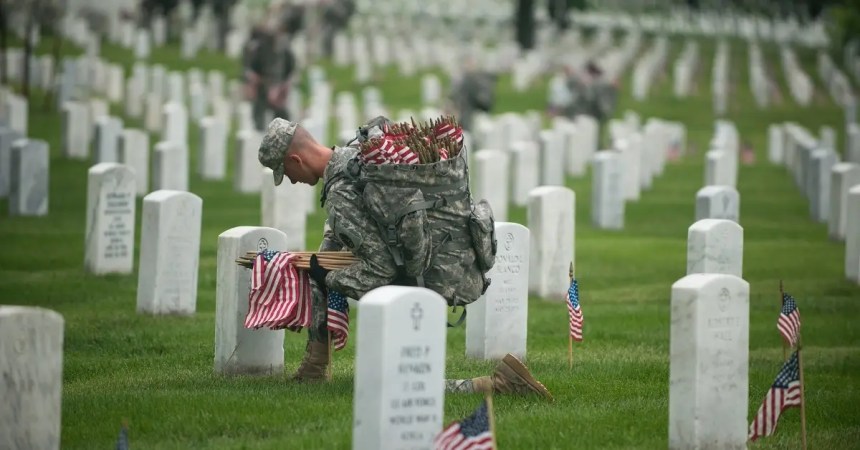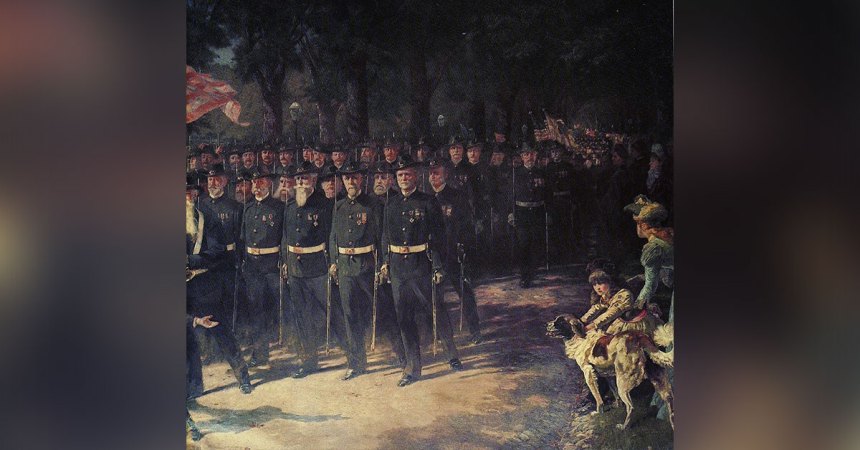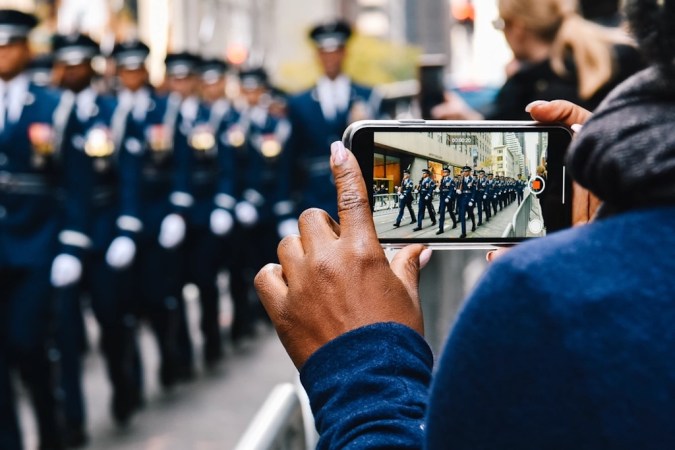Growing up, learning about World War I usually involved learning about three things: trench foot, poison gas, and bloody stalemate. Right before the history teacher moves on to World War II, we learn the old mnemonic device — on the 11th hour of the 11th day of the 11th month of 1918, ‘The War to End All Wars’ ended with an armistice.
Then, there was one kickass, worldwide party.

Obviously, glossing over one of the deadliest, most expensive, and most avoidable wars in American history does the Doughboys of the American Expeditionary Force an injustice. We need to remember that World War I was more than just a prelude to World War II. The horrors of WWI led to the annual recognition of those the who had to fight it. The day The Great War ended came to be remembered thereafter as Armistice Day.
But, when the 11th day of the 11 month rolls around, we all celebrate Veterans Day. What happened?

This is what Armistice Day 1938 looked like in Omaha, Nebraska.
The first public celebration of Armistice Day came in November, 1920. Much like how we celebrate Veterans Day today, the occasion was marked by speeches, parades, and exchange of drinks and stories between veterans of the war. The exception came when that 11th hour rolled around. For a moment, there was a pause in all activities across the country.
In that moment, mere years ago, millions of armed men stopped butchering each other over control of several yards of No Man’s Land.
In 1926, Congress made Armistice Day official, resolving that the “recurring anniversary of November 11, 1918, should be commemorated with thanksgiving and prayer and exercises designed to perpetuate peace between nations.” In 1938, Armistice Day became a Federal Holiday.

Literally.
As we all know, the “War to End All Wars” didn’t actually end all wars — or any wars. It actually led very directly to the next war, World War II. Which led to the next war, the Korean War, which was part of a greater war, the Cold War. You get the point. By the time the Korean War ended, there was a whole new generation of war veterans who felt deserving of recognition for a job well done.
Veterans of those war lobbied Congress to change Armistice Day to Veterans Day in 1954, in order to honor veterans of every war. Congress agreed and President Eisenhower signed on to it, too.

Gerald Ford, the voice of reason.
In 1968, Congress acted again. This time, they wanted to give federal employees a couple of three-day weekends throughout the year, so they changed the dates of some major holidays to fall on certain Mondays. Columbus Day, Memorial Day, and Washington’s Birthday were all given Mondays. And Veterans Day was moved from the historic date of November 11 to “the fourth Monday in October.”
The states rightly thought that was a stupid idea and refused to recognize the movement of Veterans Day until President Ford changed it back in 1975.
Veterans Day is currently celebrated nationally on November 11, as it has been for decades. When the day was originally changed to Veterans Day in 1954, it was just in time for then-104-year old Albert Woolson, the last surviving veteran of the Civil War, to celebrate it. With him were two veterans of the Plains Wars, veterans of the Spanish-American War, and vets from the Philippines War.
States, local municipalities, and other governments have declared their own Veterans Days, some dating as far back as the end of World War II, recognizing the courage and sacrifices of every U.S. citizen who answered the country’s call to arms.



